How to update your computers DNS resolver
Stephen
Last Update 4 years ago
What is an IP address?
Every device that is connected to the internet is assigned an IP address, as without an IP address you would have no method to communicate with other machines on your network and external networks.
What is a DNS resolver?
A DNS resolver provides a way that your computer (or device) can locate services on the internet, without requiring the user to remember lengthy strings of IP addresses. It is much easier to remember facebook.com than 157.240.8.35 right? DNS resolvers perform the translation between a domain name and an IP address. A typical ‘conversation’ called a resolution between your computer and a DNS server would look like this:
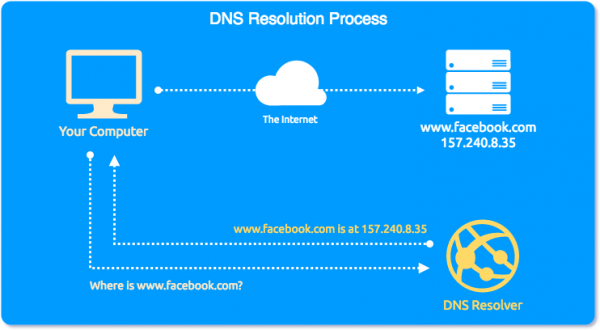
Why would you want to update your DNS resolver?
When you browse to a website (ie. www.facebook.com) and the DNS server returns the result to you in IP address format, the result of this search is cached for a set amount of time. This means that the next time another search is performed for the same address, it can be instantly returned to the user without requiring a look up – this is called a time to live or TTL for short. The TTL designates how long the DNS record should be cached before being requested from the source again.
Sometimes your local network (wireless or ethernet) at your physical location might have pre-configured DNS records to send traffic to a particular location. This often happens in a corporate network. Other times this may be necessary if you’ve recently migrated your website and want to view the website before your DNS has finished updating.
How to update your DNS Resolver on Mac OS
1. Navigate to System Preferences
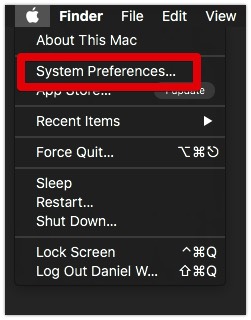
2. Click on Network
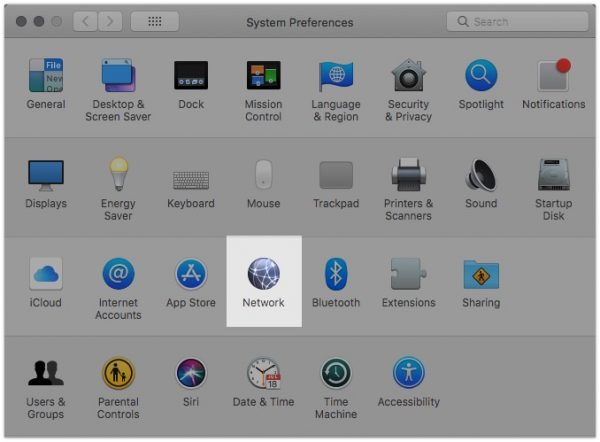
3. Locate and select your network adapter (you may only have one) and click Advanced
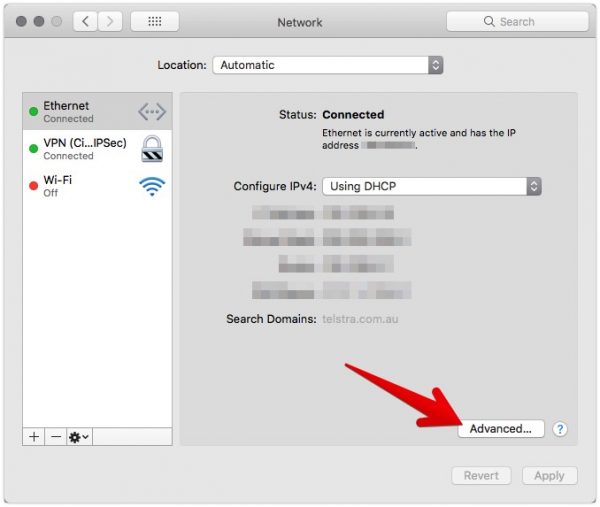
4. Click on the DNS tab, then use the + button to add your DNS resolver then click apply
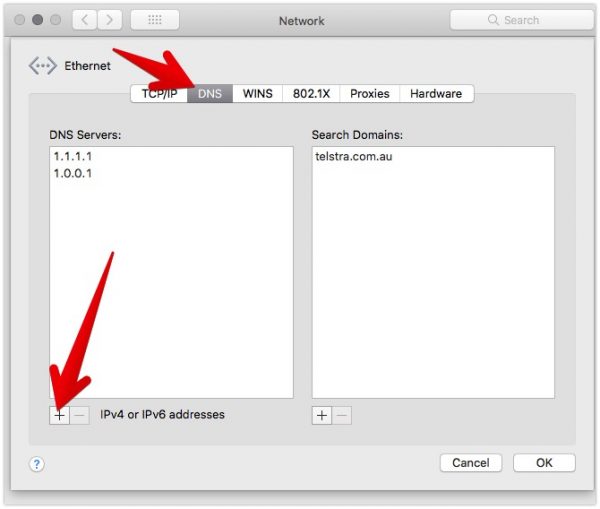
How to update your DNS Resolver on Windows
1. Right-click in the bottom-left of your screen next to the Windows start menu and select Network Connections
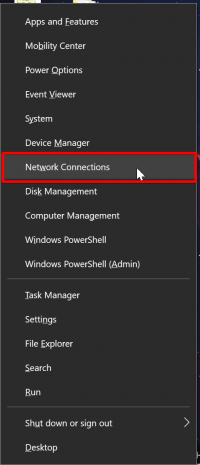
2. Next choose the option Network and Sharing Center near the bottom of this screen.
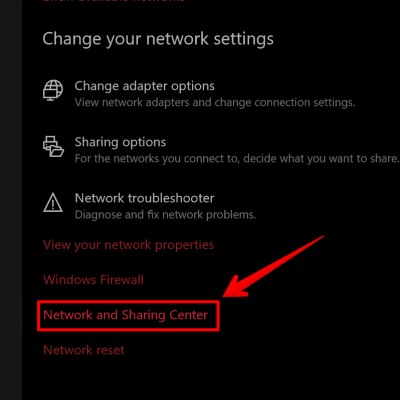
3. Choose Change adapter settings from the menu on the left hand side as indicated.
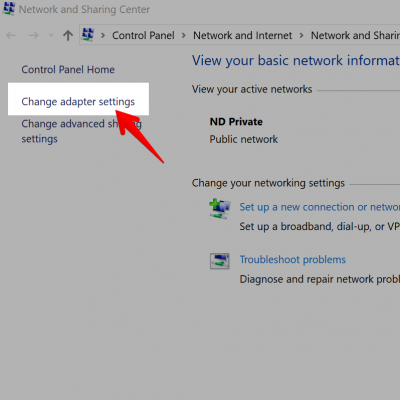
4. Locate the active network adapter, most likely Wi-Fi (wireless).
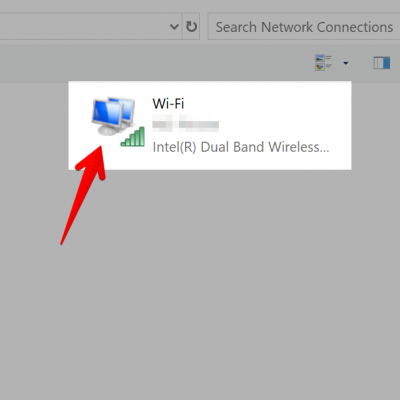
5. Right-click the adapter and choose Properties
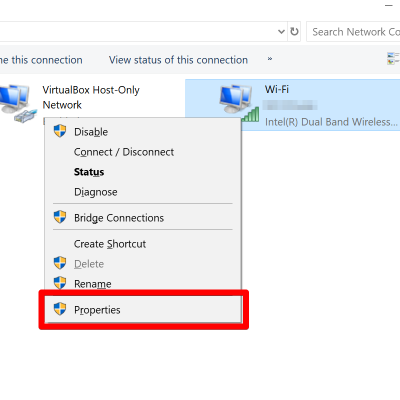
6. With the properties open, find Internet Protocol Version 4 (TCP/IPv4) in the list, select it with a single left click – then click Properties.
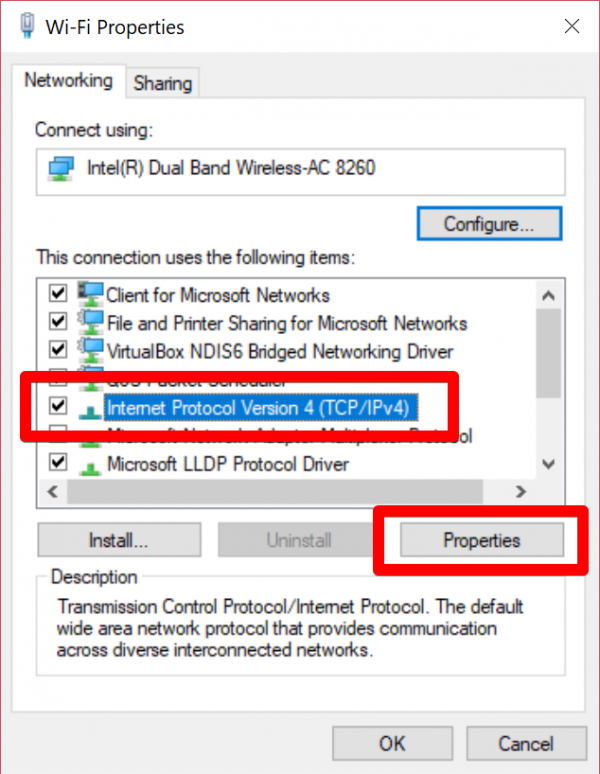
7. With the properties open, select the radio button for Use the following DNS server addresses and specify your DNS servers.
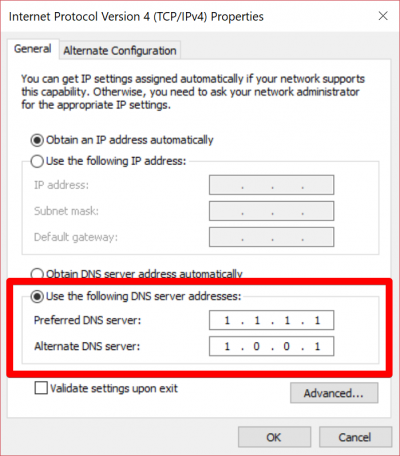
In this example we have used the free public CloudFlare resolvers 1.1.1.1 and 1.0.0.1. More information about these specific resolvers is available here.

